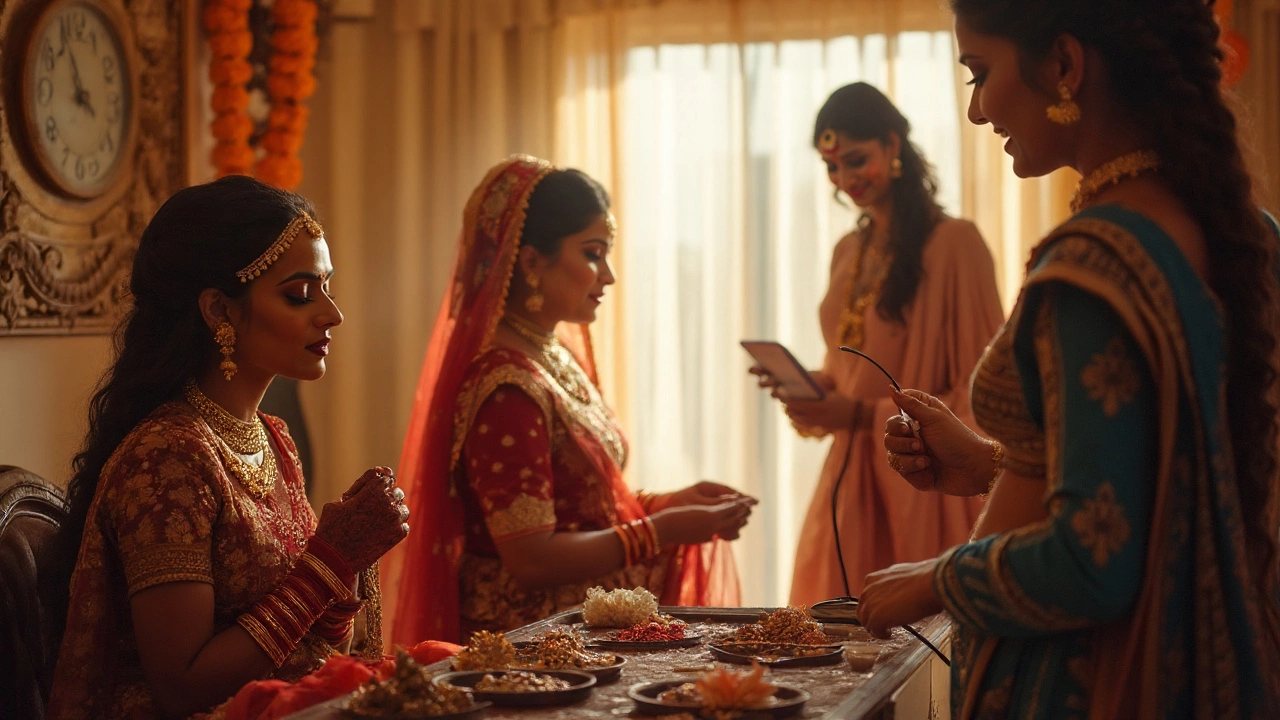Bridal Timeline: Your Complete Guide
Getting married is exciting, but without a clear timeline it can feel like chaos. A well‑structured bridal timeline keeps everyone on the same page, saves money, and makes sure the important moments don’t get missed. Below you’ll find the core steps, practical tips, and a quick checklist you can copy into a spreadsheet or phone app.
Why a Timeline Matters
Think of a wedding day like a movie. Every scene has a start time, a length, and a transition. If the director (you) doesn’t give clear cues, the actors (vendors, family, friends) wander around and the story falls apart. A timeline does three things: it tells the photographer when to capture key shots, it lets the venue know when to switch rooms, and it helps you stay relaxed because you know exactly what’s next.
Most couples skip the planning stage and end up rushing the ceremony, missing the mother‑of‑the‑bride prep, or squeezing the pre‑wedding photoshoot into a tight window. The result? Stress and missed photo opportunities. By mapping out every hour, you avoid those pitfalls.
Key Moments to Include
1. Pre‑wedding photoshoot (30‑5 minute rule) – Our post on the "30‑5 Minute Rule for Weddings" explains that you should allocate 30 minutes for set‑up and 5 minutes per location change. This keeps the shoot smooth and prevents the bride from feeling rushed.
2. Mother‑of‑the‑bride getting ready – The "Mother of the Bride Getting Ready" article shares real stories and timing tips. Start her prep at least 2–3 hours before the ceremony so you capture candid moments without hurrying.
3. Ceremony timing – Most Indian weddings run 45‑60 minutes. Add 15 minutes for guests to settle and 10 minutes for a quick post‑ceremony photo with family.
4. Reception flow – Schedule the entrance, first dance, cake cutting, and speeches with 5‑10 minute buffers. Buffers are crucial; they absorb small delays without throwing the whole evening off.
5. Photography breaks – Photographers need short rests to charge batteries and swap lenses. Slot in 5‑minute breaks after each major segment; this also gives you a breather.
Now, let’s turn those points into a simple checklist you can edit:
- 8:00 am – Breakfast and hair/ makeup for bride
- 9:30 am – Pre‑wedding photoshoot (30‑5 rule)
- 10:45 am – Mother‑of‑the‑bride prep
- 12:00 pm – Light lunch for bridal party
\n- 1:30 pm – Guests arrive, background music
- 2:00 pm – Ceremony starts
- 3:00 pm – Family photos (include short photographer break)
- 4:00 pm – Cocktail hour / snacks
- 5:00 pm – Reception entrance
- 5:15 pm – First dance & welcome speech
- 5:30 pm – Dinner served
- 6:30 pm – Cake cutting
- 7:00 pm – Open dance floor (photographer captures candid moments)
- 9:30 pm – Final thank‑you shots and send‑off
Adjust the times to fit your venue’s rules and travel distance between locations. The key is to keep each block realistic and to leave a bit of wiggle room.
When you pull everything together, you’ll see why a solid bridal timeline is worth the extra few hours of planning. It reduces stress, helps vendors deliver on time, and ensures that every precious moment gets captured. Use the checklist above, tweak it for your own ceremony, and you’ll walk into your wedding day feeling organized and confident.
Need more ideas? Check out the related posts on our site: the pricing guide for Mumbai photoshoots, tips on candid photography, and budgeting tricks for wedding photographers. Each one adds a piece to the puzzle and helps you build a timeline that works for you.
